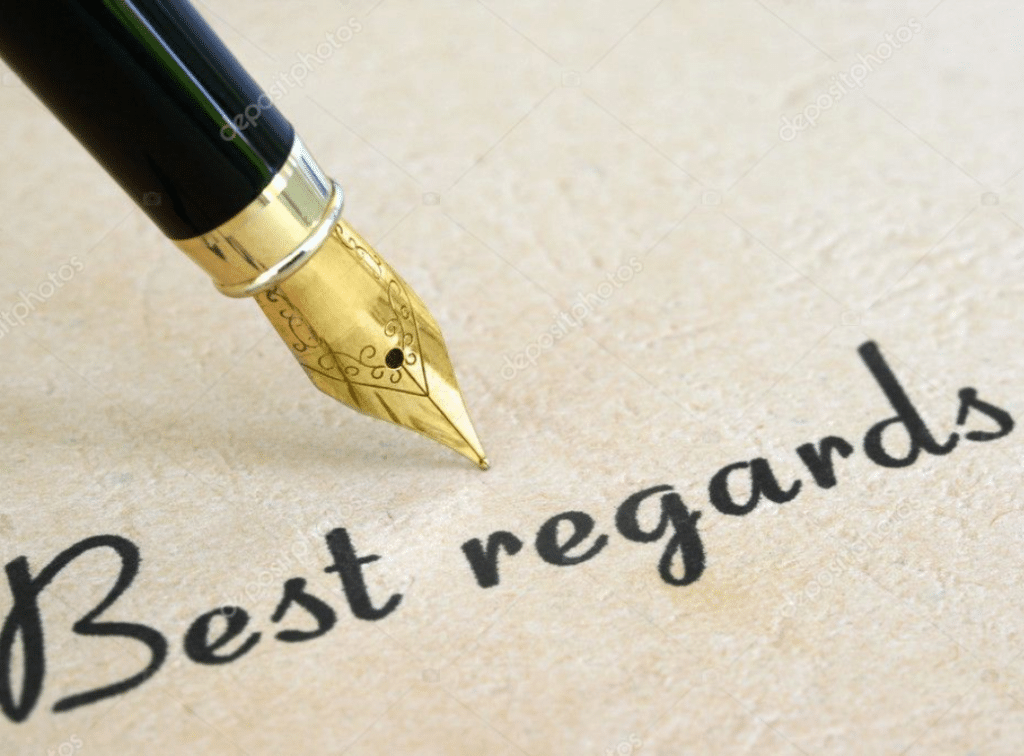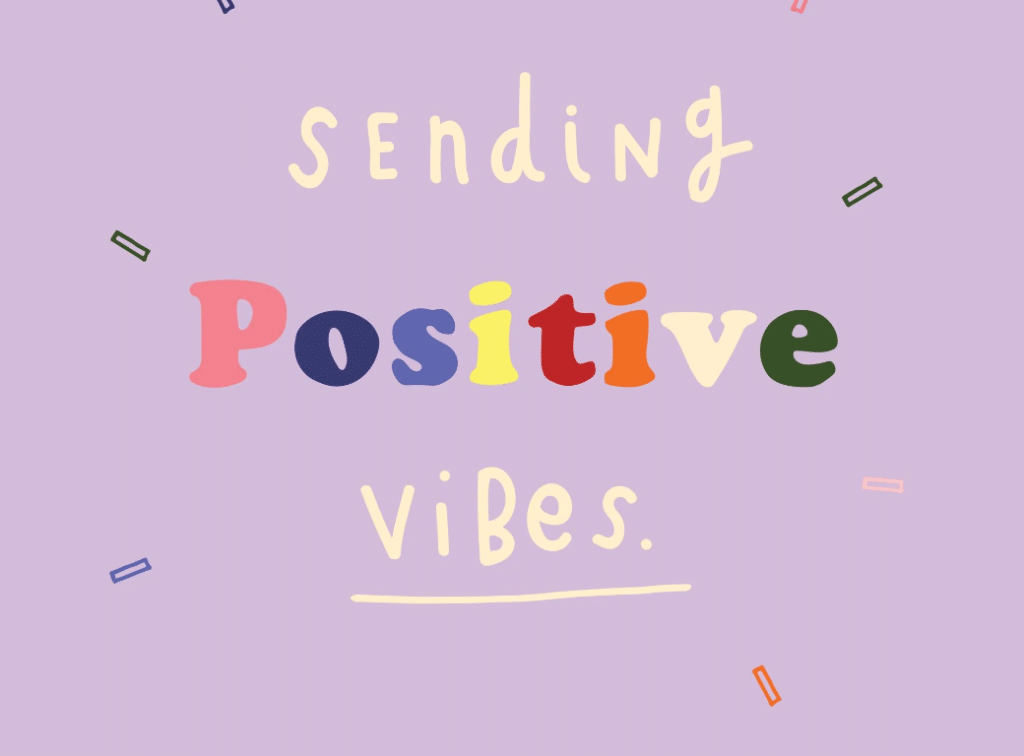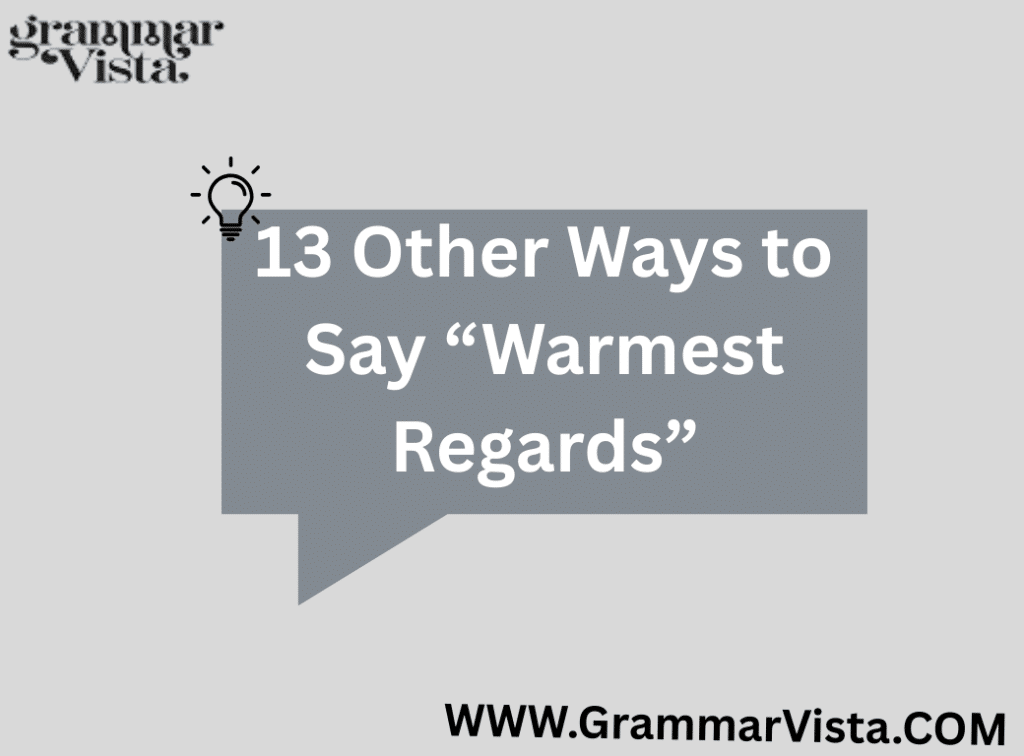Did you know that the way you close your emails can significantly impact how your message is received? While “Warmest Regards” is a popular choice, there are many other options that can convey warmth and sincerity just as effectively.
In this guide, we’ll explore 13 alternatives like “Best Wishes” and “With Appreciation,” which add a personal touch and also enhance your communication skills. By the end, you’ll be equipped with diverse expressions that will elevate your correspondence and leave a lasting impression.
Best Wishes
“Best Wishes” is more than just a closing; it encapsulates a genuine sentiment that resonates with recipients, making it an ideal choice for both personal and professional correspondence. This phrase conveys heartfelt greetings and warm sentiments, making it a perfect choice for various situations—from congratulating someone on an achievement to expressing goodwill during challenging times.
Its versatility allows it to bridge the gap between formality and familiarity, offering a touch of warmth without veering into overly casual territory.
Using “Best Wishes” also reflects a positive outlook, suggesting that you hope for success or happiness for the recipient. It can be especially effective in emails or notes where a personal touch is desired but the context remains professional.
With Appreciation
By integrating “With Appreciation” in your emails, you create a warm and personal connection with the recipient, emphasizing the value you place on their actions or words. This phrase transcends the formality of standard closings, inviting a sense of gratitude that resonates deeply with readers.
When you express appreciation, you’re not merely signing off; you’re acknowledging the effort, support, or insight the other person has contributed, which can strengthen professional and personal relationships.
Using “With Appreciation” also reflects a culture of recognition and respect in communication. It fosters an environment where people feel valued and understood, encouraging them to continue their positive contributions.
Regards
When it comes to closing an email, the phrase “Regards” serves as a succinct and versatile option that can adapt to various contexts. Its simplicity allows it to maintain a professional tone without veering into overly formal territory.

Using “Regards” signals a respectful acknowledgment of the recipient while keeping the communication straightforward and efficient. This makes it particularly suitable for business correspondence or when you want to convey professionalism without excessive warmth.
Incorporating warmest regards synonym like “Regards” into your email signature repertoire can also enhance your personal brand. It demonstrates your ability to balance professionalism with approachability, which is crucial in today’s fast-paced work environment.
All the Best
“All the Best” is a versatile closing that transcends formal boundaries, making it suitable for both professional emails and casual notes. This phrase is perfect for sending heartfelt greetings and offering a friendly farewell to your recipients, creating a sense of camaraderie and goodwill.
Its simplicity carries an undertone of sincerity, allowing the sender to convey genuine well-wishes without being overly sentimental. Using “All the Best” can also foster a sense of connection, especially in collaborative environments where relationships matter.
It subtly suggests that you care about the recipient’s future endeavors or personal journey, whether it’s a project they’re working on or challenges they might face. In a world where communication can often feel transactional, this phrase stands out by inviting warmth and positivity into the conversation, making it a cherished choice for many.
Kind Regards
“Kind Regards” is a versatile alternative that strikes a balance between friendly greetings and professional closings, making it suitable for various situations. This phrase conveys a sense of warmth without veering into overly familiar territory, making it an ideal choice for business communications or formal emails.
It reflects both respect and approachability, allowing the recipient to feel valued while maintaining a professional tone. Using “Kind Regards” can also signal your intention to foster a positive relationship, whether you’re connecting with a colleague, client, or potential partner.
It subtly suggests that you care about the recipient’s feelings and well-being, enhancing the overall tone of your message. This small yet impactful phrase can set the stage for collaboration and open dialogue, paving the way for more effective communication in your professional interactions.
Sincerely
When closing professional correspondence, opting for warm regards synonym, “Sincerely” conveys a formal and respectful tone that is universally recognized. This classic sign-off can instill confidence in your communication, particularly in more traditional industries or when addressing someone for the first time.

It reflects a sense of professionalism, making it an ideal choice for business letters, official emails, or any correspondence where clarity and seriousness are paramount. Using “Sincerely” allows you to maintain a degree of distance while still conveying genuine intent.
It strikes a balance between warmth and professionalism, ensuring that your message is taken seriously without coming across as overly familiar. In an era where digital communication often blurs the lines of formality, reverting to this time-honored closing can set you apart, showcasing your commitment to maintaining a respectful dialogue.
Yours Truly
Using “Yours Truly” signifies a genuine connection with the recipient, conveying heartfelt wishes and warm sentiments that go beyond mere formality. This phrase encapsulates sincerity, making it an excellent choice for both professional and personal correspondence.
It suggests that you hold the recipient in high regard, reinforcing the bond you share, whether it’s with a colleague or a cherished friend. In today’s fast-paced digital communication landscape, where brevity often trumps depth, “Yours Truly” stands out as a timeless expression of authenticity.
Its classic charm evokes a sense of nostalgia, reminiscent of handwritten letters and thoughtful notes. By opting for this phrase, you foster a sense of closeness and also invite the recipient to engage more meaningfully in the conversation.
Best Regards
Using “Best Regards” offers cordial greetings and friendly salutations, allowing you to express heartfelt regards and genuine wishes in a concise and polished manner. This phrase strikes a perfect balance between professionalism and warmth, making it suitable for various contexts—from formal business correspondence to more casual communications.
It conveys respect and also an underlying sense of camaraderie, making it ideal for fostering positive relationships with colleagues and clients alike. The versatility of “Best Regards” means it can seamlessly fit into different types of correspondence.
Whether you’re sending a follow-up email after a meeting or reaching out to a potential collaborator, this phrase signals your appreciation and openness without sounding overly familiar. By choosing such a timeless expression, you maintain an air of professionalism while still allowing your personality to shine through, inviting a more engaging dialogue.
Warm Regards
When it comes to professional communications, the sign-off you choose can significantly impact the tone of your message. “Warm Regards” is not just a phrase; it’s a warm and versatile email sign-off that conveys genuine warmth and friendliness.
This simple yet effective closure is perfect for various contexts, from business correspondence to more personal exchanges, making it a go-to choice for many. It strikes the right balance between professionalism and approachability, fostering a sense of connection with the recipient.
Exploring alternatives to “Warm Regards” opens the door to even more nuanced expressions of goodwill. Phrases like “Kindest Regards” or “Best Wishes” maintain that warm sentiment while introducing subtle variations in tone. Each alternative carries its own flavor, allowing you to tailor your message to fit the relationship you have with the recipient.
Sending Good Vibes
Sending good vibes is more than just a casual sign-off; it’s an invitation to connect on a deeper, more positive level. When you include positive vibes and heartfelt wishes in your emails, you convey friendly greetings and well-wishing sentiments that resonate with the recipient.
This phrase encapsulates an uplifting spirit, suggesting that you genuinely care about their well-being and success, which can create a lasting impression. Using “sending good vibes” can also set the tone for the conversation that follows. It reflects an openness and warmth that encourages collaboration and fosters a sense of community.

In a world where emails often feel transactional, this simple phrase transforms your correspondence into a more personal exchange, allowing your personality to shine through. Whether you’re reaching out for a business proposal or just checking in on a friend, embracing kind regards synonym can elevate your communication and strengthen relationships in ways that traditional closings simply cannot.
Affectionately
“Affectionately” serves as a gentle way to show warmth and care, making it ideal for personal emails or messages to close friends and family members. This term transcends the conventional formality of standard sign-offs, infusing your communication with a sense of intimacy and affection.
When you choose to end your message with “affectionately,” you’re not just signing off; you’re expressing a deeper connection that resonates with the recipient, reminding them of the bond you share.
Using “affectionately” can also evoke a sense of nostalgia, harking back to a time when letters were handwritten and emotions were conveyed more openly. It invites the reader to pause and reflect on the relationship at hand, reinforcing the notion that your words carry genuine care.
Take Care
“Take Care” is a heartfelt closing that resonates with sincerity and thoughtfulness, making it an ideal choice for both personal and professional correspondence. When you choose this phrase, you’re not just signing off; you’re extending a genuine wish for the recipient’s well-being.
This simple yet powerful expression implies that you care about the person on the other end of the message, fostering a connection that goes beyond mere formalities. Using “Take Care” can be particularly effective in emails where the relationship is friendly yet professional. It strikes the perfect balance, conveying warmth without crossing into overly casual territory.
Whether you’re concluding a conversation with a colleague or wrapping up a note to a friend, this closing invites a sense of camaraderie and support. It leaves the door open for future interactions, reminding the recipient that their well-being matters to you—an essential element in nurturing meaningful relationships in any context.
Yours Sincerely
Using “Yours Sincerely” as an email sign-off exudes a formal and respectful tone in professional communication, making it an excellent choice for situations where you want to convey earnestness.
This phrase reflects professionalism and also establishes a sense of trust and integrity between the sender and recipient. It’s particularly effective in correspondence that involves important matters, such as job applications or official requests, where the stakes are high, and clarity is crucial.
“Yours Sincerely”, another way to say warm regards, has a timeless quality that transcends trends in language and communication. It creates a connection that feels both personal and polished, demonstrating that you value the relationship enough to choose a sign-off that resonates with sincerity.
Conclusion
The phrase “Yours Sincerely” serves as a classic and respectful alternative to “Warmest Regards.” It conveys a sense of professionalism while maintaining a personal touch, making it suitable for various formal communications. Whether you are addressing a colleague, client, or business partner, this phrase ensures that your message is received with sincerity and respect.
By incorporating such alternatives into your correspondence, you can elevate your communication style and foster better relationships. So next time you draft an email or letter, consider using “Yours Sincerely” to leave a lasting impression.







